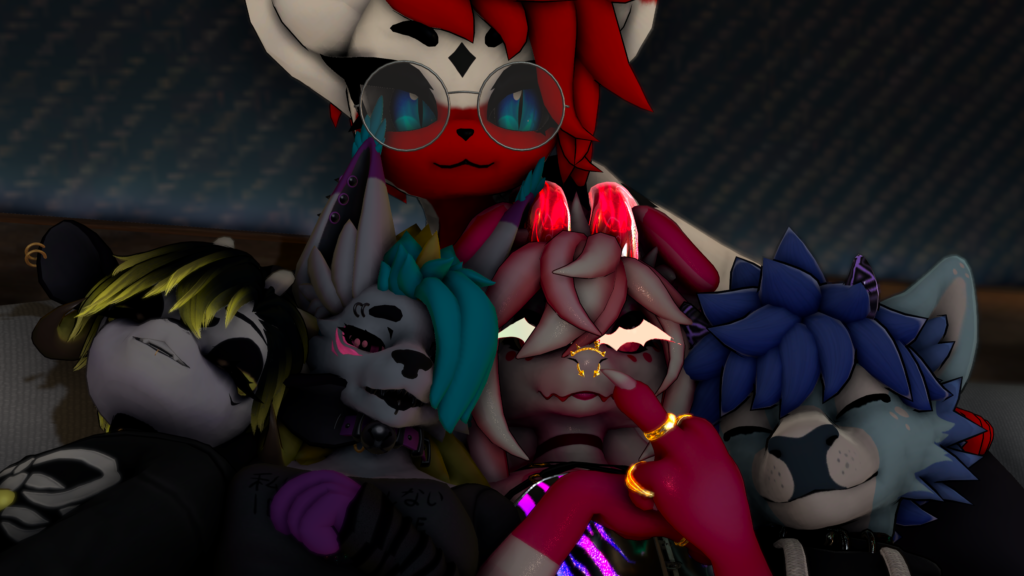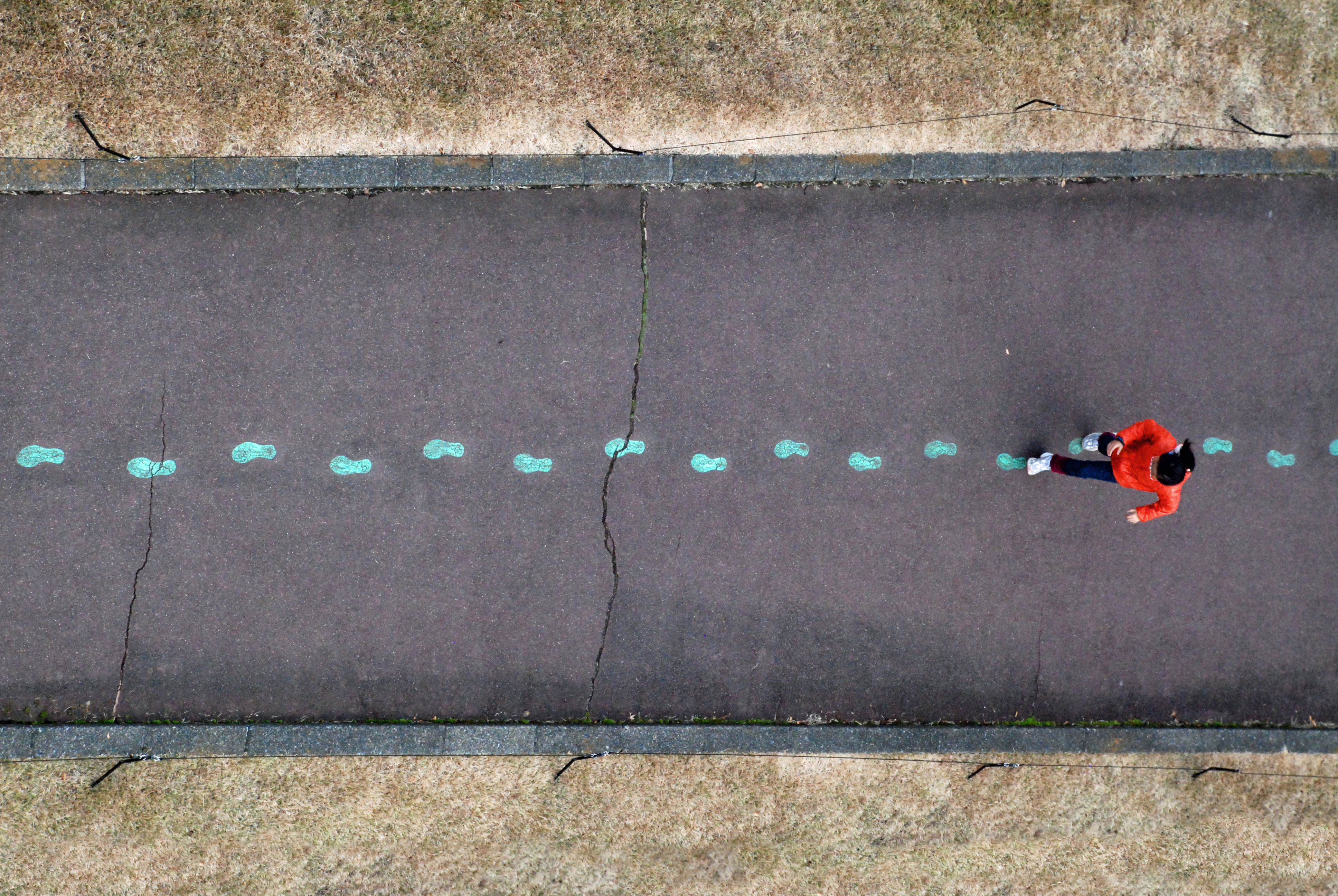The Potential of Virtual Reality
Exploring the potential of virtual reality as a social and educational tool
To introduce my free inquiry topic, I wanted to share my own experiences using virtual reality (VR) headsets. I believe that VR headsets provide incredibly unique opportunities, especially in relation to social interaction. This is most clearly seen on platforms such as VRChat, where people from all around the world are able connect with custom personal avatars, attend events, and share a virtual space together.

Since VR seems to carry so much potential for social interaction and engagement, it made me curious about how it could be used elsewhere, especially in relation to education. I believe that there could be a number of substantial benefits for utilizing VR in the educational field. For instance, it has the capacity to allow students from across the world to collaborate and interact with each other in shared virtual spaces, and offers a unique ability to immerse students in engaging environments where they are able to explore topics hands-on, such as historical events, cultures and ecosystems. VR is even able to offer incredible customization that enables both students and teachers the opportunity to cater the experience to their specific needs, and even has the potential to increase engagement by gamifying lessons and activities.
But what are the potential disadvantages of utilizing VR in education?
From my initial research, there are a number of potential issues that come with utilizing VR as an educational tool. First is that VR headsets, controllers, base stations, and the other equipment can make the cost of incorporating this technology quite inaccessible for many schools or other programs. Also, the physical design of the headset, and the strain is has on the eyes, could exclude students with disabilities or sensory sensitivities (though it could include students with ADHD and other neurodiverse identities). It also struggles with issues such as motion sickness, eye strain, and a number of other physical discomforts.
In particular, the largest concern when it comes to utilizing VR as an educational tool is the risk of student engagement with, or exposure to, inappropriate content or interactions. On platforms that utilize VR there are sometimes very minimal regulations on how people engage with each other and the content they share, such as with VRChat where anonymity and unregulated engagement are large concerns. This means that teachers looking to utilize VR as an educational tool need to be extra vigilant to ensure students’ safety.
With all of these advantages and disadvantages to VR, I’m very excited to explore its potential as a tool for education and growth.


